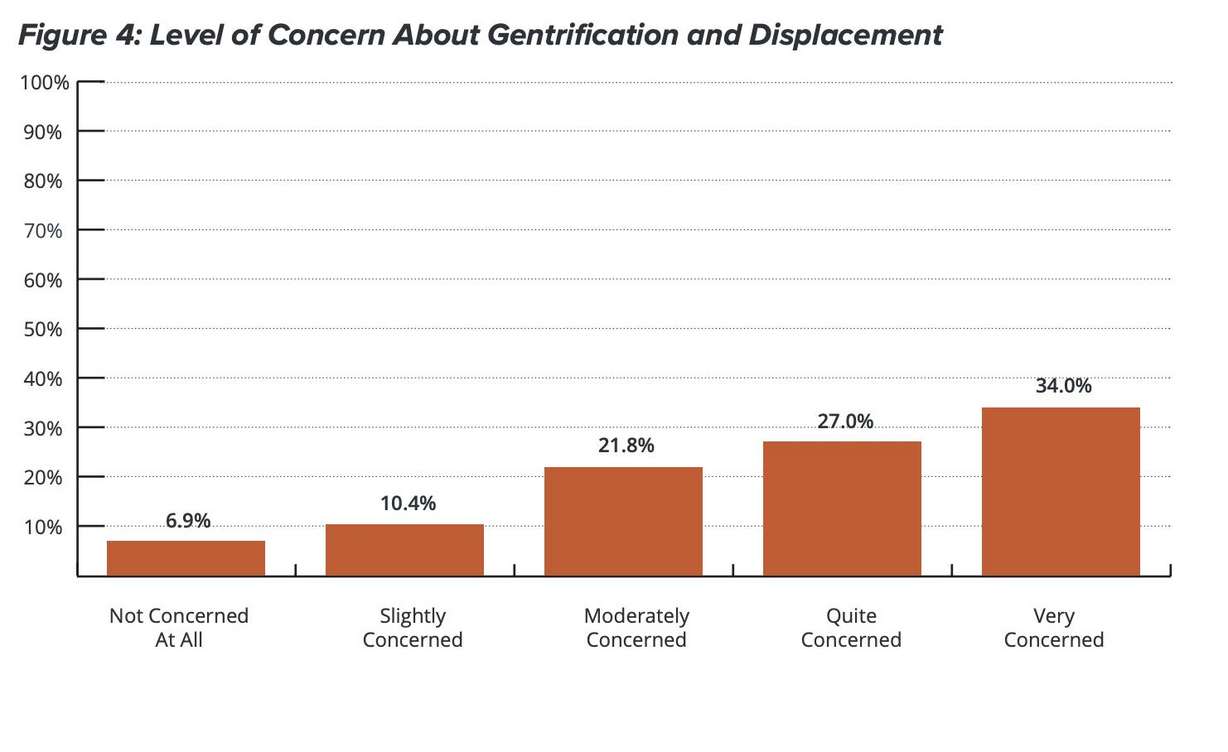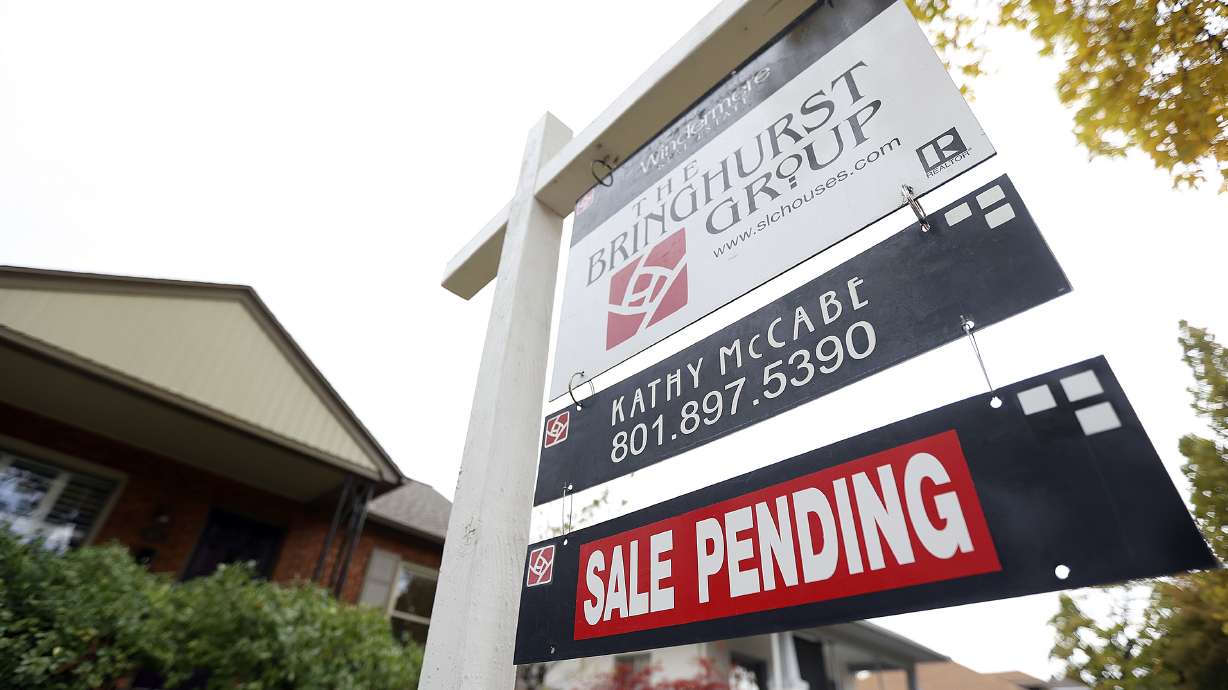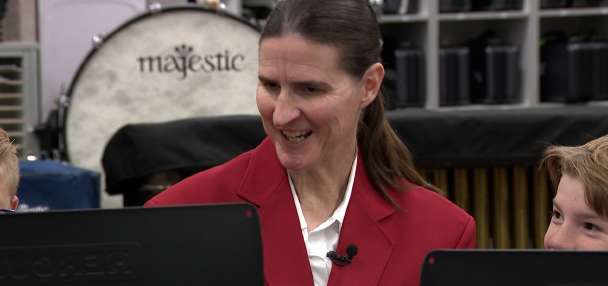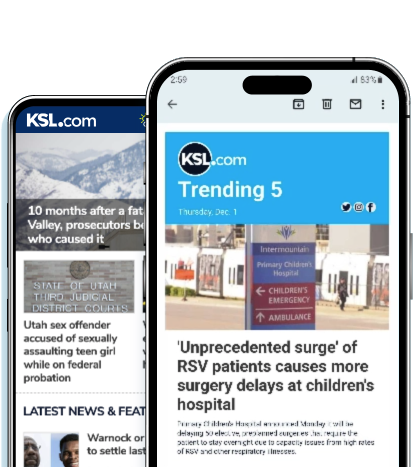Estimated read time: 5-6 minutes
This archived news story is available only for your personal, non-commercial use. Information in the story may be outdated or superseded by additional information. Reading or replaying the story in its archived form does not constitute a republication of the story.
SALT LAKE CITY — The results of a Salt Lake City Council-commissioned study on gentrification show a high majority of residents are troubled about how their city is changing.
Gentrification is the process in which poorer parts of a city are changed due to a variety of reasons, including wealthier people moving in, improving housing and attracting new businesses. The increase in property value often results in the displacement of original inhabitants.
Salt Lake's city council allocated the funding for the Thriving in Place study in June 2020 with the project work beginning in September 2021. The study was commissioned as a way for city leaders to better understand gentrification and displacement issues throughout the city.
Results of the first phase, which were recently presented to councilmembers, show 81% of community respondents have moderate to very high concerns about gentrification and displacement.
"We really see the results from the phase one work as a call to action — and I want to frame that within understanding the city has been doing a lot to respond to the pressures of rising rents, rising home prices, and the impacts that has, particularly, on the most vulnerable people in the community," said David Driskell, Thrive in Place project manager.
Ultimately, the project and its data are meant to help inform policies and approaches on how to best help community members remain in the city as it grows rapidly. Phase one included extensive community surveys across multiple groups to gather data and understand the realities community members face.
"We had focus groups with people who are unsheltered, people who are in insecure housing situations, so we can really understand not just the data but the real — sort of the life stories of what it's like to go through displacement and the impacts that ripple beyond just being displaced from a house," said Driskell.
The project team heard from nearly 2,500 people, with the respondents consisting of 200 students, 50 focus group participants, 70 in-depth interviews and 2,150 survey respondents.
Survey responses — what the community said
The survey included a wide variety of responses and different groups. The profile of people completing the survey was similar to the overall Salt Lake population in terms of race and ethnicity, income levels, and whether they are homeowners or renters.
A majority of respondents across all race and ethnicity groups reported moderate to high concern about gentrification and displacement. Of those who are "very concerned," many are likely renters, living with families or friends, facing an unstable living situation, or are unhoused.
Each income bracket expressed concern, but lower-income households expressed higher levels of concern. Those earning between $15,000 and $25,000 had the most concern, with 90% expressing moderate to very high concern; those earning $150,000 expressed moderate to very high concern at 74%.

Almost all respondents expressed some direct experience with gentrification and displacement, at 95% but there were mixed opinions on whether gentrification worsened a neighborhood (29%) or bettered a neighborhood (11.5%). However, a majority of people expressed that the city should work to prevent the displacement of people.
Many respondents pointed to a lack of affordable housing as well as new development as a reason for displacement or gentrification.
"Small, locally owned businesses are being pushed out due to demolition and unaffordable rents in new businesses, and we are losing our architectural heritage in the city," one respondent said.
"Council needs to cater to community needs for housing not developer wants," another respondent said.
Project managers' key takeaways
Project managers and stakeholders listed the following as key takeaways learned in phase one:
- Displacement in Salt Lake City is significant and getting worse, and is an issue of high concern in the community.
- There are no "more affordable" neighborhoods in Salt Lake City where lower-income families can move once displaced.
- Salt Lake City is growing and there are not enough housing units overall, and a significant lack of affordable units for low-income families.
- Almost half of Salt Lake City's renter households are rent burdened — spending over 30% of their income on housing — making them highly vulnerable when rents increase.
- Displacement affects more than half of White households in Salt Lake City and disproportionately affects households of color.
- The patterns of displacement reflect historic patterns of discrimination and segregation, with areas experiencing high displacement risk closely aligning with areas that were redlined in the past.
"Every single area in Salt Lake City, unfortunately, that is affordable is experiencing displacement. That means there are also no green areas anywhere else in the city, meaning that when low-income households are displaced there's nowhere for them to go," said Tim Thomas, research director for the Urban Displacement Project. "Every one of these data points is a person and an experience that people are going through."

What was Salt Lake City Council's response?
"I'm terrified by what you just told us," said Salt Lake City Councilman Darin Mano.
Council members expressed concerns about the study's findings but also indicated concerns about potential roadblocks they may face in addressing the issue. Mano asked project managers whether policy solutions and next steps to be outlined in the next phase would take into account Utah's laws specifically.
Project managers indicated that policies, solutions and approaches to be outlined in the next phase would be focused on the state and city itself. But so far, those exact policies and approaches haven't been revealed.
"We want to keep building up our community with as many diverse voices as possible. So, that's really been the conversation with the gentrification study right now, is a lot of listening from the city. Not too many solutions yet, which hopefully we'll hear more of that in this next phase of the study," said Jasmine Walton, Neighborworks Salt Lake director of community initiatives and marketing.
NeighborWorks, a nonprofit, is among community advocates addressing gentrification and displacement across the city since 1977.
"If you are not in a revitalization mindset and if you're not in a mindset of 'we can help the families that have historically lived here,' then you're also ignoring that a lot of these families have historically been marginalized or underserved," said Rob Roake, NeighborWorks chief operating officer. "If you're not looking for ways to lift them back up ... that's what allows for massive gentrification."









